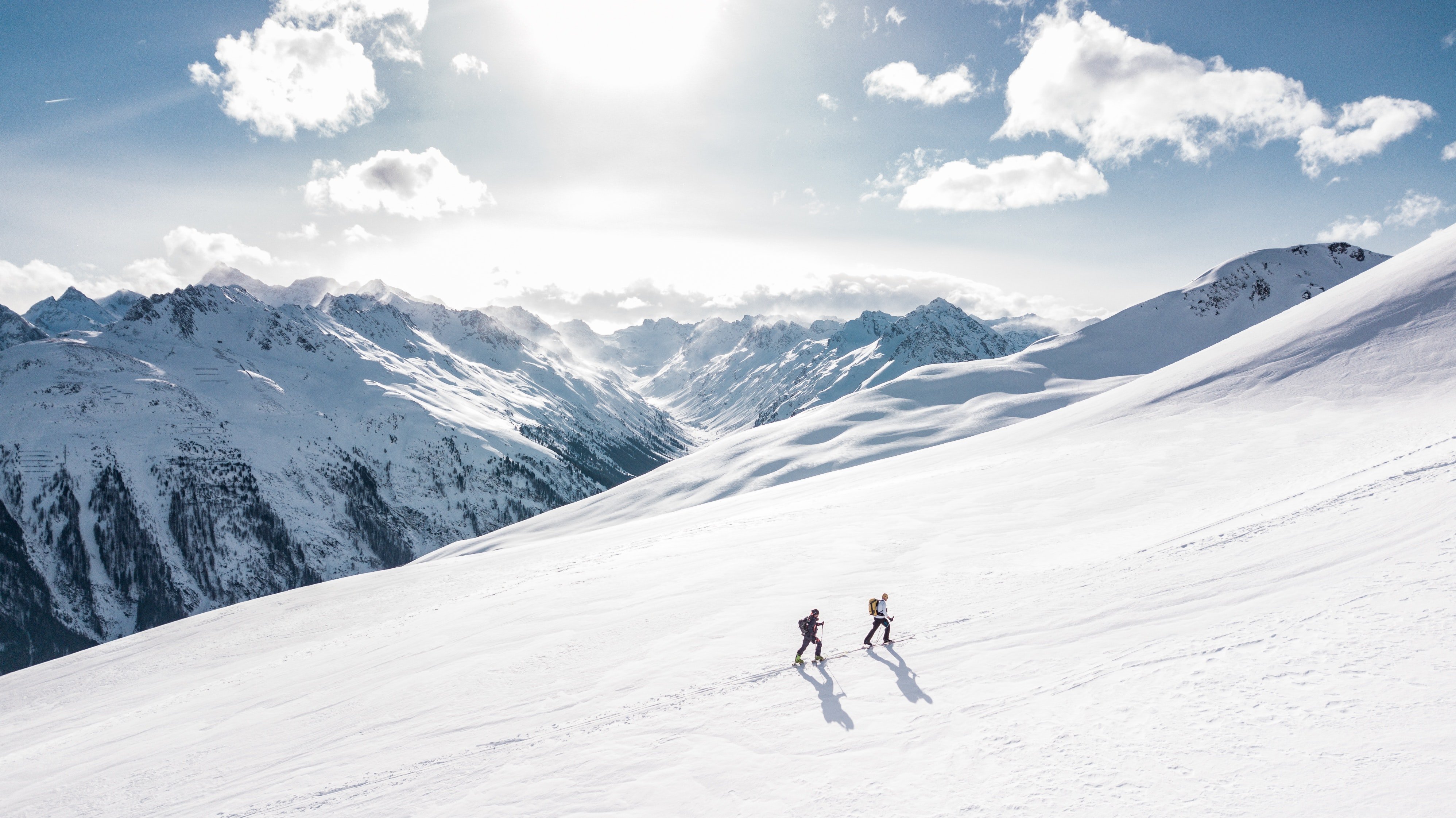1. Choose the right climbing route
Choosing the right trekking route with terrain that suits your interests and health is extremely important, deciding whether your trip is successful or not. For example, Nepal has many beautiful trekking routes, but my boyfriend chose the Annapurna Base Camp route with continuous climbing terrain and a lot of people. Meanwhile, we are both people who like wild, deserted places, making me feel that the trip was really... a waste.
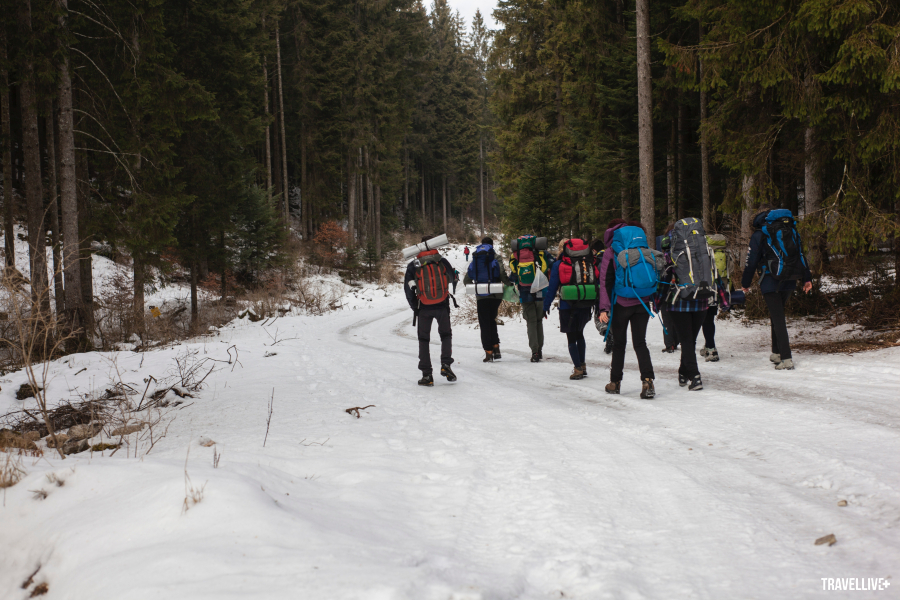
2. Wear appropriate clothing
Winter mountain climbing, especially snowy mountains, offers a different experience but in return, you will have to face very harsh weather conditions. Therefore, preparing suitable clothes, warm enough but still comfortable for easy movement is very necessary.
I always carry a North Face jacket with a warm fleece inner layer and a windproof and waterproof outer layer that can be easily removed when hot or sweaty; do not wear a layer that is too thick, it will be difficult to remove. For the inner layer and pants, you should choose thin clothes that can keep you warm. The outer pants should be windproof, quick-drying and waterproof.
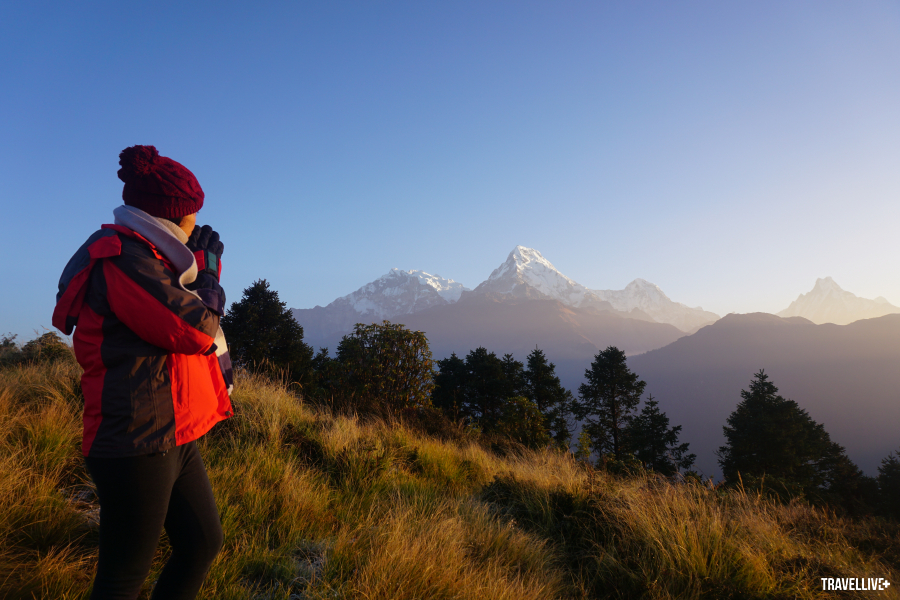
In addition, you need to pay special attention when choosing climbing shoes to go on long journeys without foot pain, waterproof. Don't forget to prepare some thick socks, up to mid-calf or knee; a pair of anti-glare glasses when going in snowy areas to protect your eyes.
Climbing gear and clothing can be expensive, but it's still worth investing in good quality gear to ensure safety and durability if you plan to climb multiple times.
3. Hire a tour guide
Snow climbing is not only tiring but also makes it difficult to determine the safe climbing route and easy to get lost. Therefore, hiring a guide is very necessary. In addition, you should also hire someone to help carry your luggage so that you can devote all your energy to climbing.
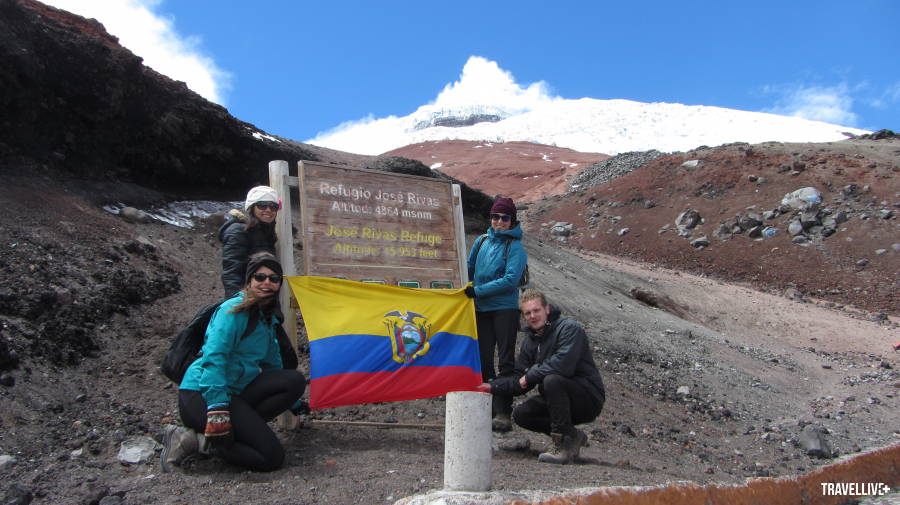
4. Check the weather
You should not climb mountains when it is snowing heavily because if your feet get stuck in the snow, it will be very difficult to walk; foggy weather also limits visibility, making it difficult to take good pictures. Not to mention the cold weather, many trekking routes can be blocked. Therefore, you should always check the weather to make sure the weather is favorable for your climbing journey.
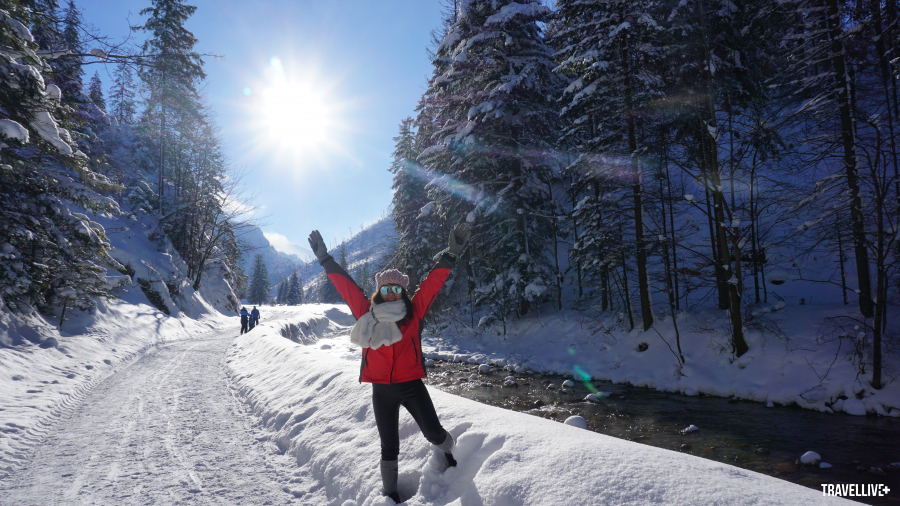
5. Learn how to use crampons
Crampons are spiked boots that are used for ice climbing. They can be dangerous if you are not used to them because if you fall, one foot can strike the other, causing injury. But you should never climb an iceberg without crampons.
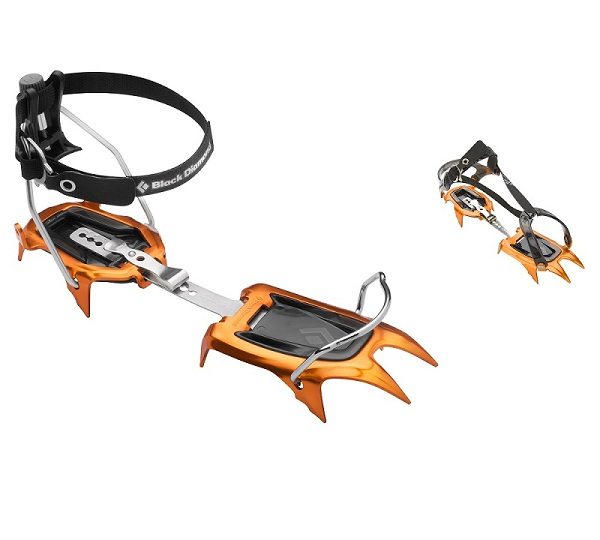
6. Packing
Going hiking is not like going on vacation, you should bring less stuff to make it easier to carry. Moreover, the weather is cold so you won't need to change clothes much, just focus on bringing the really necessary things in your backpack. Don't forget to bring energy-providing foods such as protein bars, chocolate, nuts... In addition, a thermos is extremely necessary when you are hiking in winter, especially when going for a long time. A pot of tea or coffee, hot cocoa will help you stay warm and replenish energy throughout the trip.

7. Start early in the morning
You should start trekking early in the morning because even though you have checked the length of the journey in advance, due to health conditions, weather, or being too engrossed in taking photos, you may return late and going in the mountains at night is not safe at all.
If you are taking public transport to the climbing spot, be sure to check the return journey as in winter many trips are cancelled or end earlier than in other seasons.
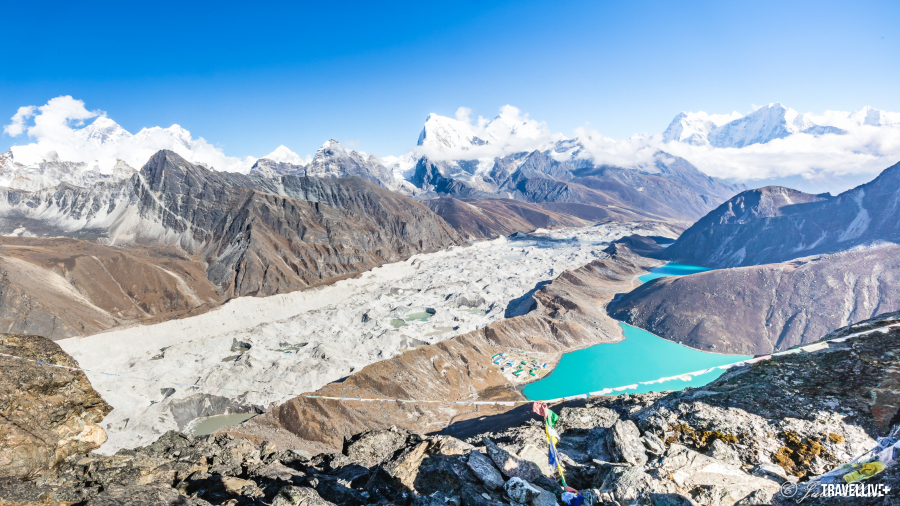
Health notes when climbing mountains
- No matter how much sun you get, climbing the mountain will cause sunburn. So always use sunscreen, reapply every 4-5 hours if you sweat a lot.
- Use lip balm and moisturizer to soothe skin every night.
- Drink enough water to avoid headaches and dizziness when the body is dehydrated.
- Do not let heavy snow get inside your body or shoes. Frostbite is as serious as heat burn and will turn your feet purple instantly.
- Be careful when stepping onto lakes and other frozen water, use one foot to step onto the ice first.
- Always carry altitude sickness pills if your destination is high mountains like the ones in Nepal.





